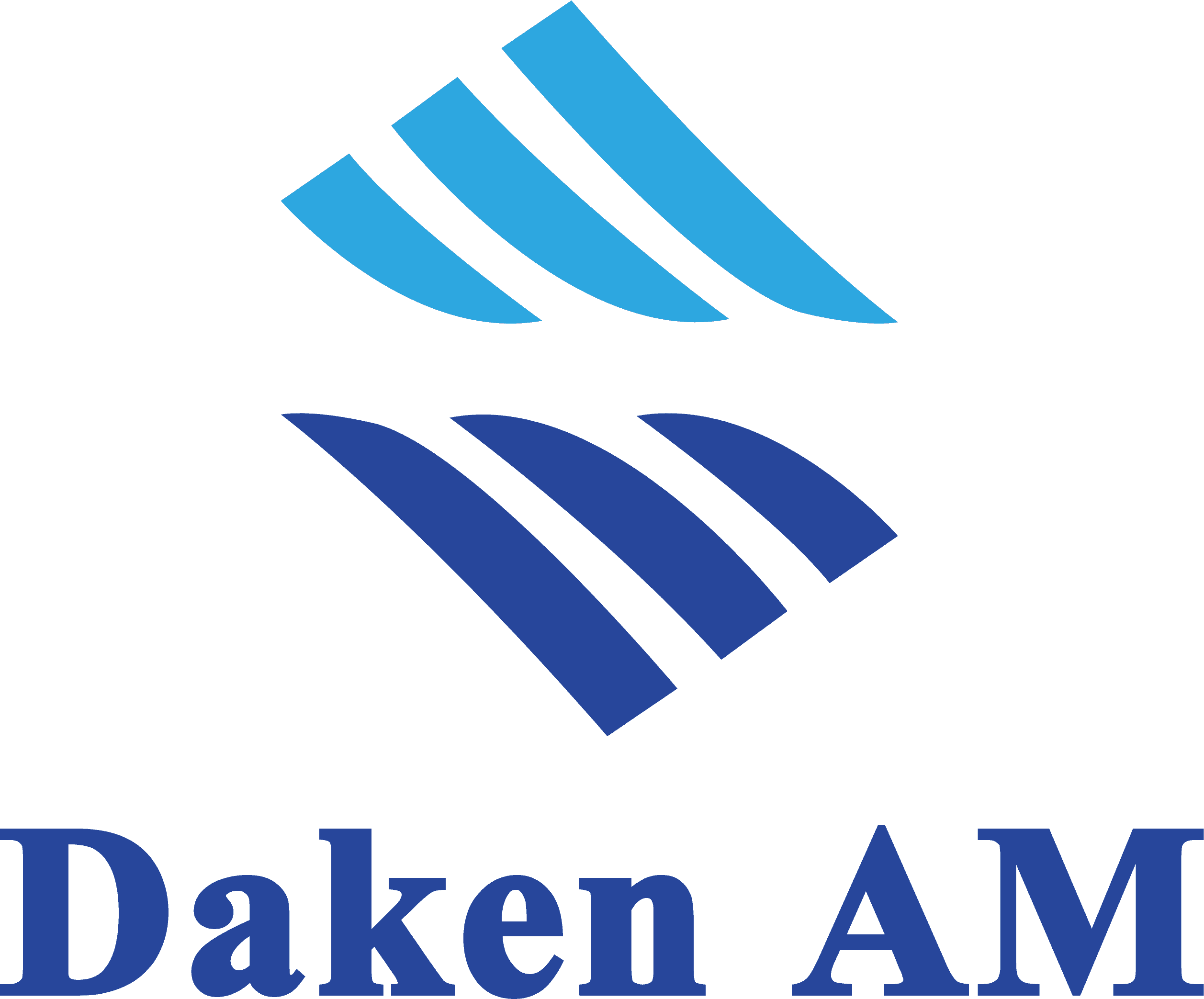| Shanghai Daken Advanced Materials Co.,Ltd | |
|---|---|
| Country: | China |
| Tel: | +8637166670886 |
| E-mail: | info@dakenam.com |
| QQ: | 1690700875 |
| Skype: | Chat Now! |
Methacrylate Silanes Safety Tips for Handling
Release time: 2024-12-12
Within this post, Dakenchem outlines the tnderstanding methacrylate silanes' many uses and complexity is necessary. Methacrylate silanes are necessary in coating operations due to their superior adhesion enhancement. Handling these chemicals, especially 3-(Trimethoxysilyl)propyl Methacrylate (CAS NO. 4420-74-0), requires strict safety precautions. Mastering methacrylate-functional silanes requires accuracy and attention in laboratory synthesis and environmental impact considerations for safe and sustainable industrial procedures.
Main Industrial Uses of Methacrylate Silanes
Due to its adherence and durability, methacrylate silanes are used in many industries. Their particular features make these compounds popular in automotive, construction, and electronics. In vehicle manufacturing, methacrylate silanes prolong paint and coating performance. Their significance in sealants and adhesives supports building structure. Circuit boards and other electronics components use these silanes for insulation and protection.
Methacrylate silanes, such as methacrylate-functional silanes and methacryloxy silanes, provide excellent bonding properties for coatings and adhesives. These compounds, improve product performance by enhancing substrate-surface adhesion. Silicone acrylates and acryloxy silanes make adhesives flexible. By adding these novel silanes, industries improve product reliability and efficiency in challenging applications.
Coating Process Adhesion Improvement
Methacrylate silanes strengthen coating-substrate chemical bonding, improving adherence. These silanes, increase adhesion, surface energy, and substrate wetting. These compounds cross-link during curing due to their methacrylate groups. Cross-linking creates a high-performance adhesive that can tolerate environmental and mechanical stress.
Methacrylate silanes stick to metals, glass, and plastics. Automotive coatings containing methacrylate-functional silanes ensure adhesion and prolong vehicle life. Methacrylate silanes are better for demanding conditions than other silane compounds like acryloxy and silicone acrylates because they are more flexible and durable. Despite having strong adhesion, acryloxy silanes are weaker than methacrylate silanes. Silicone acrylates are flexible but may not adhere well to some surfaces, thus methacrylate silanes bond better.
Methacrylate Silane Safety
To avoid mishaps and guarantee safe use, methacrylate silanes must be handled carefully. Prevention of fume inhalation requires proper ventilation in workplaces. 3-(Trimethoxysilyl)propyl Methacrylate (CAS NO. 4420-74-0) should be stored cool, dry, and away from incompatible chemicals. Avoid skin and eye contact using proper instruments and practices. Storage and handling equipment should be inspected regularly for leaks and degradation.
Working with methacrylate silanes requires PPE. To avoid skin and eye contact, utilize gloves, safety goggles, and protective clothes. Spills or exposure demand prompt action. Cover spills with inert substance and clean with non-sparking tools. Exposure victims should immediately go to fresh air and remove contaminated clothing. Severe instances require prompt medical treatment. Regularly practice emergency procedures for methacrylate-functional silanes, acryloxy silanes, and silicone acrylates.
Laboratory Methacrylate Silane Synthesis
Laboratory methacrylate silane synthesis requires carefully controlled chemical reactions to produce functional silanes with desired characteristics. After silane precursors are prepared, hydrolysis and condensation processes occur. These reactions are carefully controlled to generate stable siloxane linkages. For industrial applications, high-quality methacrylate silanes must be produced by mastering these reactions.
Selecting catalysts and solvents for the reaction is important to synthesis. For proper conditions, reaction vessels and distillation equipment are necessary. Controlling reaction rate to avoid side reactions is difficult when manufacturing methacrylate silane compounds. Temperature control and purification are also important for product purity and functionality. To attain the appropriate chemical characteristics, methacrylate-functional silanes, acryloxy silanes, and silicone acrylates must be synthesized precisely.
Methacrylate Silane Environmental Impacts
The chemical makeup of methacrylate silanes, commonly used as adhesives, can harm the environment. If mishandled, certain chemicals, particularly 3-(Trimethoxysilyl)propyl Methacrylate, can pollute. Methacrylate silane residues harm aquatic ecosystems. Improper disposal of methacrylate-functional silanes and related compounds like acryloxy silanes can contaminate soil. Silicone acrylates and meth acryloxy silanes are volatile and must be carefully controlled to avoid air pollution.
Eco-friendly procedures and regulatory compliance are needed to reduce methacrylate silanes' environmental impact. Manufacturing with closed-loop systems reduces pollutants and waste. Use biodegradable alternatives and recycle methacrylate and silicone acrylates to lessen environmental impact. Environmental rules include labelling and disposing of chemical wastes keep handling and use safe. Sustainable methacrylate silane synthesis and research can further reduce their environmental impact.
Company Overview and Safety Focus
Dakenchem pioneers methacrylate silane development with safety and excellence. Our procedures reduce risk and maximize performance to create cutting-edge products that satisfy the highest safety standards. We produce innovative methacrylate-functional silanes like 3-(Trimethoxysilyl)propyl Methacrylate (CAS NO. 4420-74-0), which are necessary to many industrial applications due to their superior adherence and adaptability.
We prioritize sustainability and environmental responsibility in our activities. We lessen the environmental impact of methacrylate silanes, acryloxy silanes, and silicone acrylates by promoting eco-friendly methods. And we strive to develop sustainable solutions and meet regulatory criteria to ensure that our goods meet industrial needs and protect the environment.

